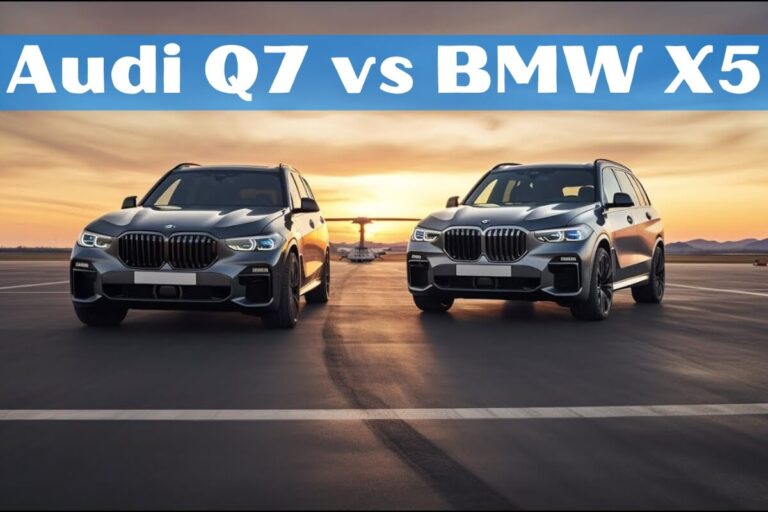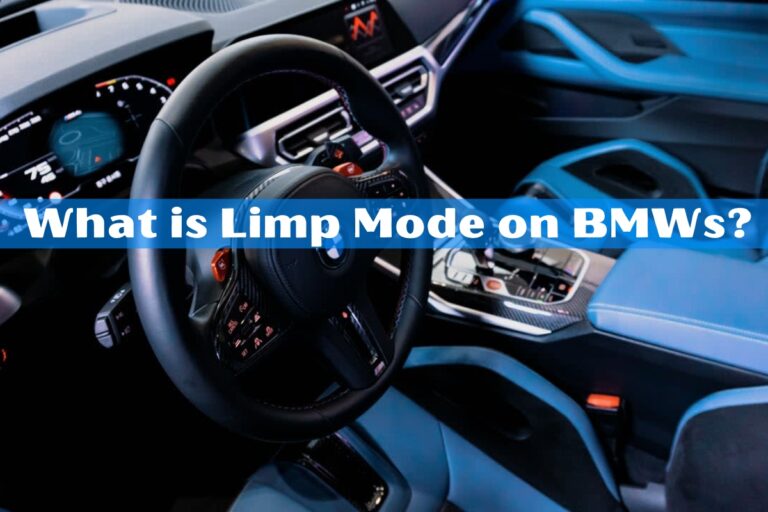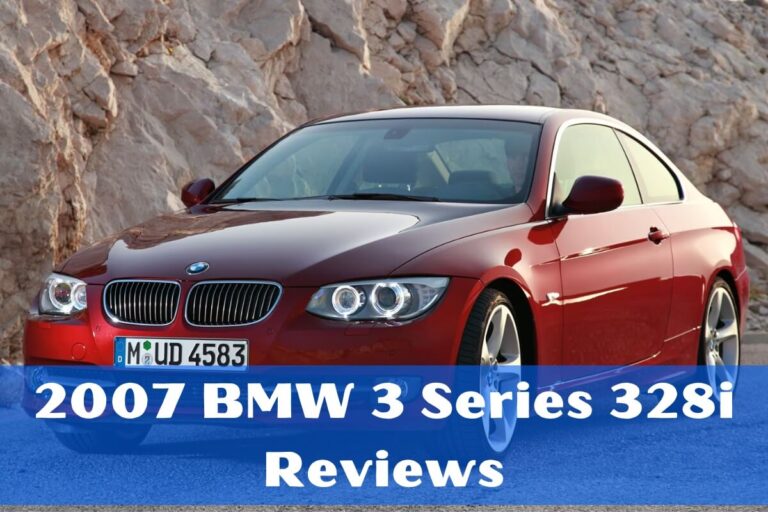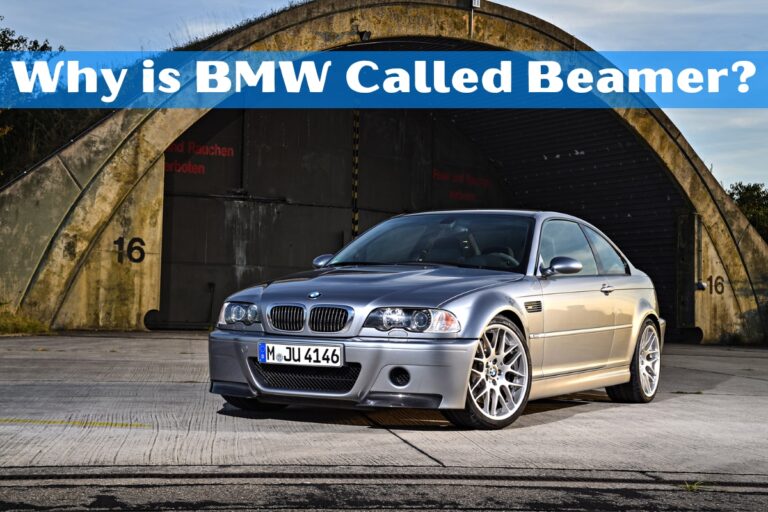Lexus NX vs BMW X3: Luxury Compact SUV Showdown
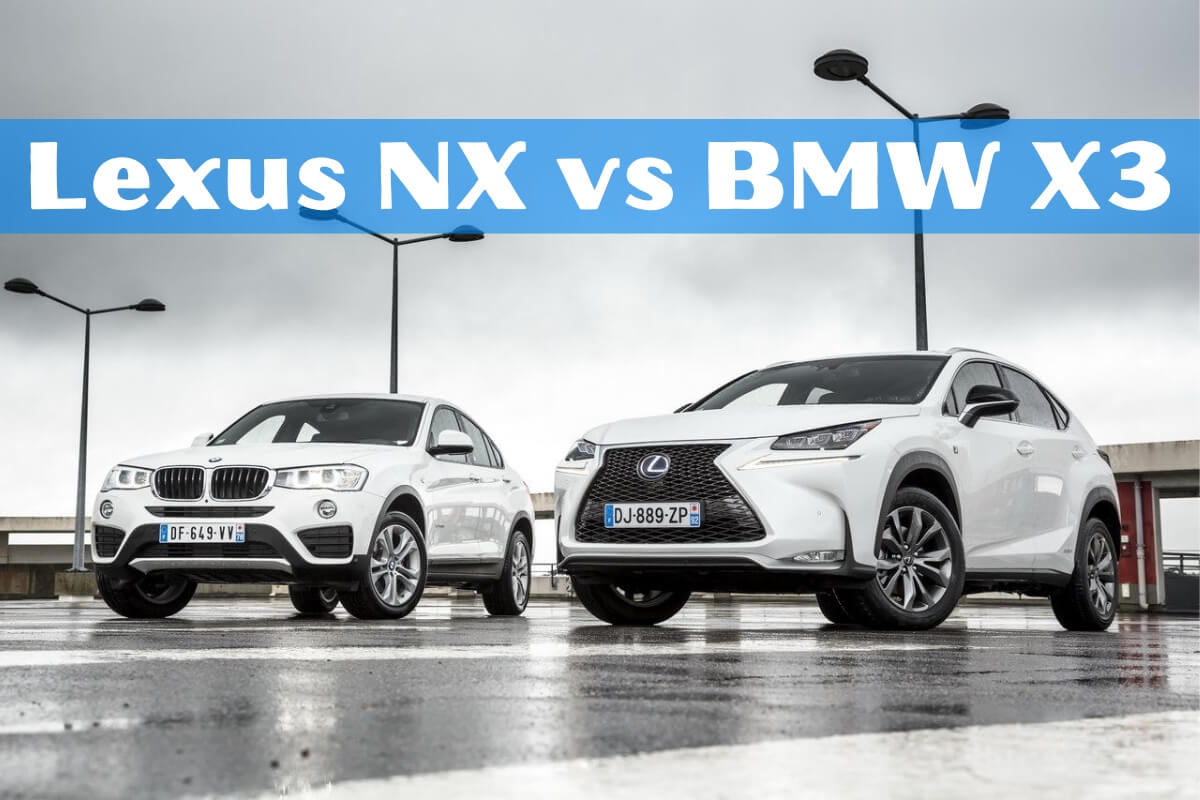
Are you torn between the Lexus NX and BMW X3 for your next luxury compact SUV purchase? This in-depth comparison will help you understand the key differences and make an informed decision.
The luxury compact SUV segment has witnessed a surge in popularity in recent years, as more and more buyers seek the perfect blend of premium features, versatile space, and elevated driving experiences. Two prominent players in this arena are the Lexus NX and the BMW X3, both offering a compelling mix of style, performance, and cutting-edge technology.
Exterior Design and Styling
When it comes to exterior aesthetics, the Lexus NX and BMW X3 take distinctly different approaches. The NX flaunts a bold and angular design language, with its signature spindle grille and sharp body lines that give it a modern and aggressive stance. In contrast, the X3 embraces a more understated and traditional BMW look, with clean surfaces and a classic SUV silhouette.
Both vehicles offer variations in trim levels and package options that can further enhance their visual appeal. The NX is available in F Sport trim, which adds sportier design elements like unique bumpers, larger wheels, and a mesh grille pattern. Similarly, the X3 can be outfitted with the M Sport package, featuring an aerodynamic body kit, larger alloy wheels, and other sporty accents.
In terms of dimensions, the BMW X3 is slightly larger overall, measuring 185.9 inches in length and 74.4-74.7 inches in width, compared to the Lexus NX at 183.5 inches long and 73.4 inches wide. However, the differences are marginal, and both SUVs offer ample interior space and cargo capacity.
Interior Comfort and Space
Step inside, and you’ll find that both the Lexus NX and BMW X3 prioritize premium cabin experiences, albeit with distinct design philosophies.
BMW X3’s Cabin: Functional Luxury
The BMW X3 interior exemplifies the brand’s commitment to driver-focused ergonomics and no-nonsense luxury. The layout is intuitive, with well-placed controls and a familiar BMW design language carried over from its sedan counterparts. High-quality materials, such as leather upholstery and wood trim accents, create an upscale ambiance.
In terms of space, the X3 offers generous head and legroom for front and rear passengers, with 40.3 inches of front legroom and 36.4 inches of rear legroom. The cargo area provides 28.7 cubic feet of space with all seats in place and expands to 62.7 cubic feet with the rear seats folded down.
Lexus NX’s Interior: Style with Substance
The Lexus NX interior strikes a balance between sleek design and functional ergonomics. The cabin showcases a modern and sophisticated aesthetic, with an emphasis on premium materials and attention to detail. The sculpted dashboard, complemented by available features like ambient lighting and a panoramic moonroof, creates a serene and upscale environment.
While rear legroom is slightly tighter than the X3 at 36.1 inches, the NX still offers ample space for passengers. The cargo area provides 22.7 cubic feet of space behind the rear seats and expands to 62.7 cubic feet with the seats folded, making it capable of accommodating larger items or luggage for road trips.
Both SUVs offer intuitive infotainment systems, with the BMW X3 featuring the latest iteration of the iDrive system and a large central display, while the Lexus NX boasts a responsive touchscreen interface and various connectivity options.
Performance and Driving Experience
When it comes to performance, the Lexus NX and BMW X3 cater to different driving preferences, with the latter leaning more towards a sporty and dynamic experience, while the former prioritizes refinement and efficiency.
BMW X3: The Driver’s Choice
The BMW X3 offers a range of powerful yet efficient engine options, catering to both performance enthusiasts and fuel-conscious buyers. The base sDrive30i model is powered by a 2.0-liter turbocharged four-cylinder engine that delivers 248 horsepower and 258 lb-ft of torque, propelling the X3 from 0 to 60 mph in just 6.0 seconds.
For those seeking even more exhilaration, the M40i variant packs a potent 3.0-liter turbocharged inline-six engine, churning out an impressive 382 horsepower and 369 lb-ft of torque. This powertrain catapults the X3 from 0 to 60 mph in a blistering 4.4 seconds, rivaling the performance of some sports cars.
Regardless of the engine choice, the X3 delivers a responsive and engaging driving experience, thanks to its well-tuned suspension, precise steering, and robust braking system. The optional M Sport suspension further enhances the SUV’s handling prowess, making it a true joy to pilot on winding roads.
Lexus NX: Powerful yet Refined
The Lexus NX takes a different approach to performance, focusing on a blend of power and efficiency. The NX 350 is equipped with a 2.4-liter turbocharged four-cylinder engine that generates 275 horsepower and 317 lb-ft of torque, channeled through an eight-speed automatic transmission and standard all-wheel drive.
For those seeking even greater fuel economy, the NX 350h hybrid variant pairs a 2.5-liter four-cylinder engine with two electric motors, producing a combined output of 239 horsepower. This powertrain delivers an EPA-estimated 36 mpg combined, making it one of the most fuel-efficient luxury compact SUVs on the market.
While the NX may not match the outright sportiness of the X3, it still delivers a refined and composed driving experience. The well-insulated cabin, combined with the smooth and linear power delivery, ensures a serene and comfortable ride, even on long journeys.
Safety Ratings and Features
Both the Lexus NX and BMW X3 prioritize occupant safety, offering a comprehensive suite of advanced safety technologies and earning top marks in crash test evaluations.
The Lexus NX has been awarded a 5-star overall safety rating from the National Highway Traffic Safety Administration (NHTSA) and has earned top scores in various Insurance Institute for Highway Safety (IIHS) crash tests, including the challenging small overlap front test.
Standard safety features on the NX include forward collision warning with automatic emergency braking, lane departure warning with lane-keeping assist, adaptive cruise control, and automatic high-beam headlights. Optional features like a surround-view camera system, rear cross-traffic alert, and parking assist further enhance safety and convenience.
Similarly, the BMW X3 has received a 5-star overall safety rating from NHTSA and performed exceptionally well in IIHS crash tests, earning top “Good” ratings in most categories.
Standard safety equipment on the X3 includes forward collision warning, automatic emergency braking, lane departure warning, and BMW’s Active Protection System, which prepares the vehicle and its occupants in the event of an imminent collision. Optional features like a head-up display, blind-spot monitoring, and rear cross-traffic alert are also available.
Pricing, Trims, and Value Proposition
When it comes to pricing and value, both the Lexus NX and BMW X3 offer a range of trim levels and options to cater to different budgets and preferences.
BMW X3: A Luxurious Yet Practical Choice
The BMW X3 has a starting MSRP of $46,900 for the sDrive30i model, while the top-of-the-line M40i variant commands a premium price tag of $61,900.
While the BMW X3 may command a higher price point compared to some rivals, it offers a compelling value proposition for those seeking a perfect balance of luxury, performance, and practicality. The X3’s strong resale value and relatively affordable maintenance costs help offset the initial premium, making it a wise long-term investment.
Lexus NX: Premium Features at a Competitive Price
The Lexus NX starts at an MSRP of $39,455 for the NX 350 FWD model, positioning it as a more affordable entry point into the luxury compact SUV segment. The range-topping NX 350h AWD Luxury trim commands an MSRP of $49,355, which is still competitively priced compared to similarly equipped rivals.
One of the key strengths of the NX is its impressive list of standard features, even at the base trim level. This includes amenities like dual-zone automatic climate control, power-adjustable front seats, and a comprehensive suite of advanced safety technologies, providing exceptional value for the money.
Additionally, the NX is known for its exceptional build quality and reliability, traits that have long been associated with the Lexus brand. This translates to lower maintenance costs and higher resale values over the long run, further enhancing its value proposition.
Pros and Cons Summarized
To help you make an informed decision, here’s a quick summary of the key pros and cons of the Lexus NX and BMW X3:
Lexus NX Pros:
- Bold and distinctive exterior styling
- Refined and fuel-efficient hybrid powertrain option
- Impressive list of standard features and safety technologies
- Lower starting price and competitive value proposition
- Excellent build quality and reliability
Lexus NX Cons:
- Tighter rear legroom compared to some rivals
- Infotainment system can be less intuitive than competitors
- Limited off-road capabilities
BMW X3 Pros:
- Engaging and dynamic driving experience
- Powerful and responsive engine options
- Spacious and well-appointed interior
- Strong resale value and affordable maintenance costs
- Competent off-road abilities
BMW X3 Cons:
- Higher starting price compared to some rivals
- Firm ride quality with the M Sport suspension
- Infotainment system can be confusing for some users
Final Checkpoint
In the battle of the Lexus NX vs BMW X3, it’s clear that both luxury compact SUVs offer a compelling blend of style, performance, and premium features. The choice ultimately comes down to your specific priorities and preferences.
If you value a bold and distinctive design, exceptional fuel efficiency, and a competitive price point, the Lexus NX could be the perfect fit. Its hybrid powertrain option, impressive list of standard features, and renowned reliability make it a compelling choice for those seeking a well-rounded luxury SUV experience.
On the other hand, if you prioritize an engaging and dynamic driving experience, coupled with powerful engine options and a spacious and well-appointed interior, the BMW X3 may be the better option. Its strong resale value and affordable maintenance costs further contribute to its overall value proposition.
Ultimately, both the Lexus NX and BMW X3 offer compelling packages in the luxury compact SUV segment, catering to different preferences and priorities. By carefully considering your specific needs and desires, you can confidently choose the SUV that best aligns with your lifestyle and driving preferences.


